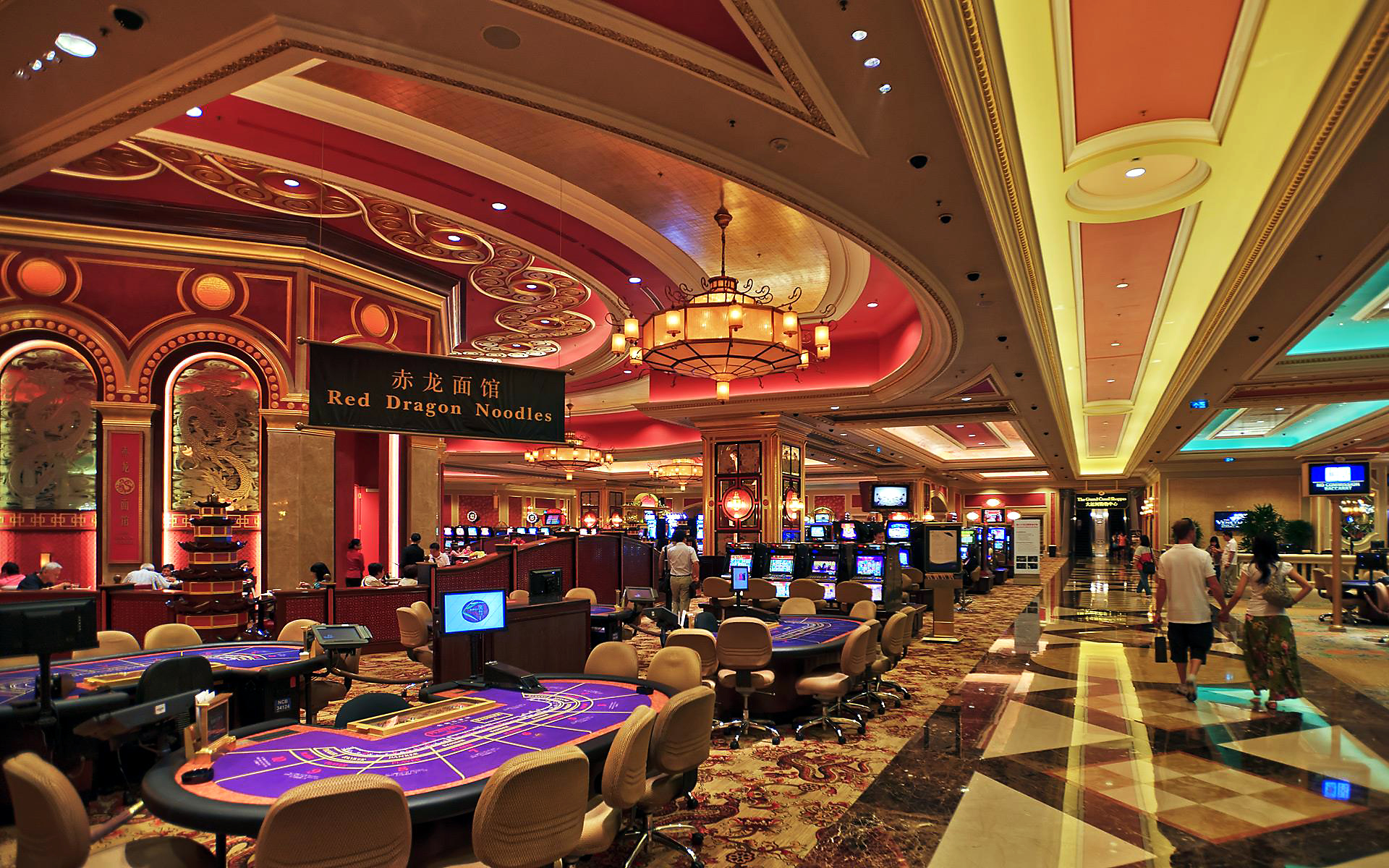Behind these glittering lights and those alluring noises of rotating reels lies a dynamic world in which innovation meets mathematics: the making of games of chance. While players flock to gaming establishments seeking excitement and the chance of striking it rich big, a vast amount of work takes place behind closed doors to create these games they enjoy. From the initial concept to the final product that players engage with, numerous elements come together to ensure a captivating gaming experience.
Creators, engineers, and game creators collaborate to combine cutting-edge technology with enthralling gameplay mechanics. Each aspect, from graphics plus audio elements to odds and returns, is carefully designed to attract players plus keep them entertained. Understanding this complex process of the way casino games are made reveals not only the technical skills required but also the creative vision that transforms these immersive experiences to life.
Game Development Process
The design process starts with idea generation and conceptualization, where creators generate ideas for new casino games. This first phase typically includes identifying target audiences and analyzing market trends. Designers consider elements such as game mechanics, themes, and payout structures to create an engaging experience. Collaboration between game designers, mathematicians, and artists is essential to guarantee a balanced concept.
Once a design is selected, the next stage entails prototyping and testing. Designers build a working version of the game to evaluate its playability and mechanics. This allows for adjustments and refinements based on feedback from testers. Iteration is vital, as designers may navigate multiple rounds of testing to optimize gameplay balance and user experience. This phase is essential for spotting any potential issues before the game goes into production.
After testing, the game moves into the development phase and production. This comprises the technical aspects of coding the game software, integrating graphics, and ensuring compliance with gaming regulations. Quality assurance testing ensures that the game functions flawlessly across different platforms and devices. Once everything is polished, the game is prepared for launch, often accompanied by marketing strategies to draw in players and generate excitement around the latest casino game.
Tech and Advancement
The development of casino games has transformed significantly with developments in tech. Modern game design often incorporates high-quality graphics, immersive sound effects, and dynamic animations that deliver a captivating experience for gamers. Game developers use complex software tools and coding languages to build these immersive gaming experiences. Additionally, the use of RNGs ensures equity and unpredictability in outcomes, which is essential for ensuring player trust and compliance with gaming regulations.
In the past few years, the surge of online casinos has expanded the limits of game development even further. Developers are now able to build games that appeal to a global audience, integrating features such as live dealer options and VR environments. This transition has encouraged creativity, leading to novel game mechanics and formats that enhance player engagement. Mobile gaming has also become a significant focus, prompting developers to optimize games for smartphones and tablets, ensuring availability and convenience for players on the go.

Cooperation among creators, visual artists, and mathematicians is essential in the development process. Each team brings their knowledge to ensure games are not only aesthetically pleasing but also mathematically sound and enjoyable. The integration of player feedback during testing phases allows developers to improve game features and functionalities, ultimately leading to a successful launch. As technology continues to advance, the potential for innovative game concepts and experiences is unbounded, promising an exciting future for casino games. https://crisiscare.uk.com/
Evaluating and Quality Control
Once a casino game has been created, it enters the critical phase of testing and quality assurance. This phase ensures that the game operates seamlessly and provides a balanced experience for users. Teams conduct thorough tests, including operational checks to confirm that all game features work as planned. Each element, from visuals to sound effects, is reviewed to ensure quality benchmarks are met.
In addition to functionality testing, the game experiences thorough compliance checks to meet legal requirements. Different jurisdictions have specific rules governing game fairness and player protection. Quality assurance teams will confirm that the random number generators are working correctly and that the game’s payout percentages match with market standards. This detailed examination helps build trust with gamblers and oversight bodies alike.
Finally, pre-launch testing may be conducted with real players to gather insights on user experience. This crucial insight allows developers to execute necessary adjustments before the official launch. Tackling any likely issues recognized during this phase helps ensure that users will enjoy a seamless, engaging experience when the game goes live. The commitment to excellence reflects the sector’s dedication to delivering pleasant and reliable casino games.
